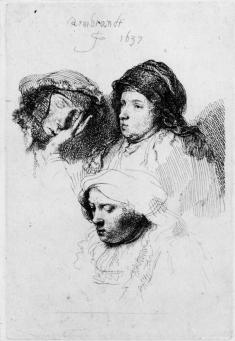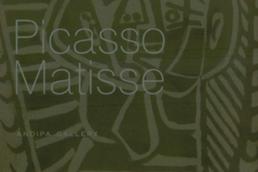
Andipa Gallery warmly invites you to enjoy this celebration of artwork produced by master print-makers of their respective times.
This exhibition will comprise of fine examples of prints to illustrate how print makers relied upon traditional techniques whilst introducing innovations over time. This exhibition seeks to explore the affinity between artists whom we consider as masters and yet may be separated by 300 years.
Lithography originates from the Greek: lithos: stone and grapho: write. This technique has been popular amongst artists ever since its invention by German author Senefelder in 1796, as a cheap method of printing his theatrical work.
The method of producing a lithographic print is itself fairly complex. It involves first drawing onto a flat stone surface in a greasy crayon or ink. The drawing is then chemically fixed onto the stone with a weakly acidic solution and gum Arabic. During the printing process, the stone becomes saturated with water, everywhere except where it is repelled by the greasy ink. An oil based ink is then rolled onto the wet surface which in-turn repels the water-soaked areas, and picks up only the drawn design. Finally, paper is laid on the stone surface, and run through the press. To achieve a multi-coloured print, several stones are used, taking extra precautions when lining the paper up, to avoid overlap.
Culture and tradition has always been of the utmost importance to Bank von Ernst, who are pleased to support this exhibition at Andipa Gallery, and share with us a long standing tradition in the arts for over 400 years.
Print Masters hopes to bring together some of the finest printed works by classical and modern masters from the 17th to 20th centuries. This exhibition will be held on the 7th until the 30th November 6:00 p.m till 9.00 p.m.








